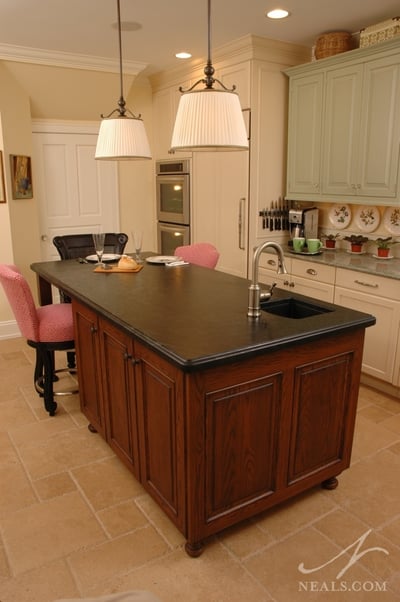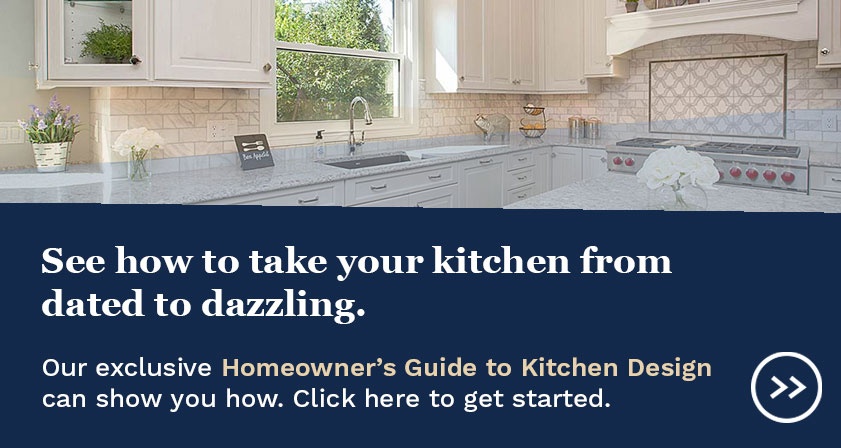It's a definite in the design world that strict adherence to a single design style just won't work for some homes and some homeowners. It's these instances when the all-encompassing "eclectic" look is a great solution. Defined by not really being definable, the eclectic kitchen is one where styles intermingle. The difficultly with eclectic kitchens is that, without some boundaries, things can start to get out of hand. Without some guidelines, eclectic can easily turn into cluttered and uncomposed. To avoid that fate, here are 5 eclectic kitchen design ideas for creating balance in your kitchen. The kitchen featured here is a 2013 NARI Local Contractor of the Year Residential Kitchen winner. To see more photos of this project, click here.
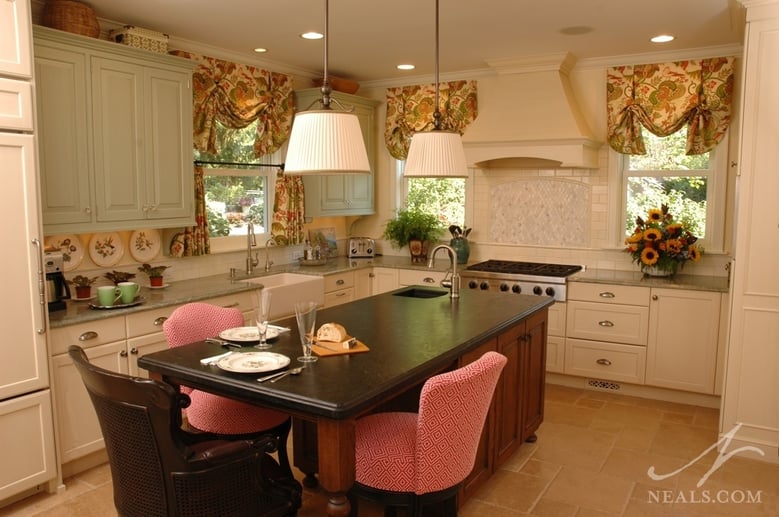
1. Function is the Rule
While everything else we'll cover here can be considered a guideline and not a hard-and-fast rule, this one is an actual rule. A kitchen without function is a poor excuse for a kitchen. Anything you consider bringing into the space should be considered aesthetic only AFTER it has been vetted for its actual usefulness. That's not to say that everything in the kitchen has to have a specific utility, though. Interiors guru William Morris' rule for the home applies here, "Have nothing in your houses that you do not know to be useful or believe to be beautiful." If the function of an element is to bring you happiness while you prepare a meal or take care of the dishes, then it certainly qualifies for inclusion under this rule as much as the more practical items.
2. Define a Palette
Anytime you're creating a design where anything can happen, it's a good idea to select and stick to a set color scheme. In eclectic spaces, a 3-4 color limit is typical (compared to the 2-3 color limit in more traditional and contemporary designs.) In the kitchen setting, the color palette is applied a bit differently than in a living room or a bedroom. Cabinetry color- whether a stain or painted finish- is considered part of the scheme. To create a truly eclectic look, at least two colors should be selected for the cabinetry, and a third color is pegged as an accent for a few pieces of furniture or specific areas of cabinetry. The fourth color comes in with accessories, dishes, etc.
Remember that colors are a flexible element. You can choose "blue" as color, then add character and depth by including 3 different shades of blue. As long as they do not visually clash, they still count as one of your colors. This comes in handy for kitchens where it can be difficult to match colors across materials.
3. Establish a Base
When you're styling an eclectic couch, it's not a simple matter of finding a throw and a bunch of pillows that work together. You have to consider the couch as well. The same is true for the kitchen. To keep everything from clashing, or aesthetically getting too disjointed, it's a good idea to identify one color that will act as the room's foundation. That doesn't mean that you use it for the majority of things. Instead, it means that you use it for certain elements in the room as "resting spots" for the eyes. This could mean that all your perimeter cabinets are the same color, or that you repeat the color in some material on every wall.
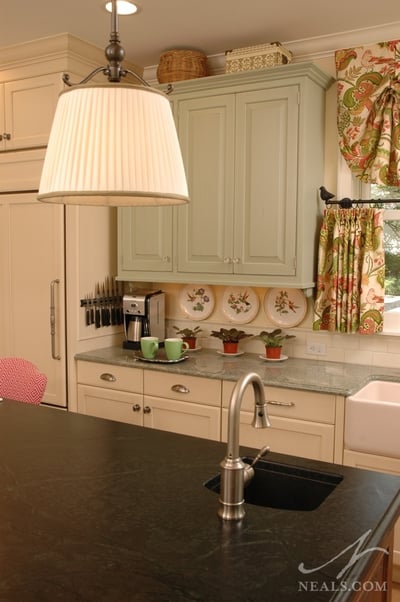
4. Cabinetry is Like Furniture
One of the hardest things to overcome when designing an eclectic kitchen is the instinct to think of your cabinetry as elements of the room, rather than pieces within it. So instead, consider each area of cabinetry as you would a piece of furniture you were adding to a room. Ask yourself if the style of that element could be different from the ones near it, and if so, what kind of style might work. It's a good idea to identify here if your eclectic kitchen will be contemporary, traditional, or somewhere in the middle. Combining these basic design styles isn't a bad choice, but going too wild could result in a design that is less eclectic and more chaotic. The key is to let unique pieces shine as being unique- don't repeat those choices too much or they lose the eclectic character they bring to the room.
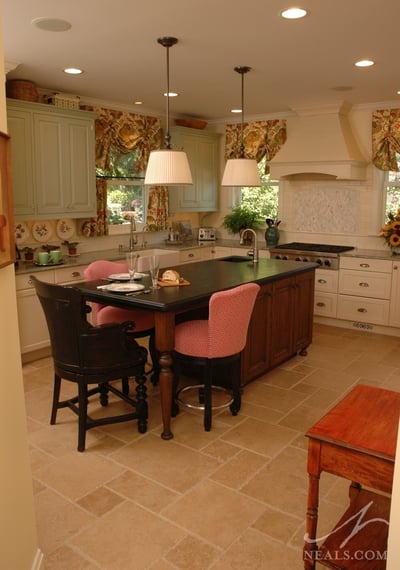
5. Save Some Colors for Accessories
Not every color in your palette needs to be included in the installed elements (flooring, backsplash, cabinets.) Save one or two of your colors for curtains, rugs, seating, artwork, dishes, or the other non-permanent features of your kitchen. This gives you two important things. First, if you use the bolder colors you've selected for these removable elements, it will be easier to change them if you grow tired of the color. Second, having some colors show up in textiles and small wares adds layering and character that can't be accomplished the same way if all the colors showed up in the big items. The goal of an eclectic kitchen is not for every color to be used equally, but for the colors to create a lived-in, curated experience with lots of texture and personality.
